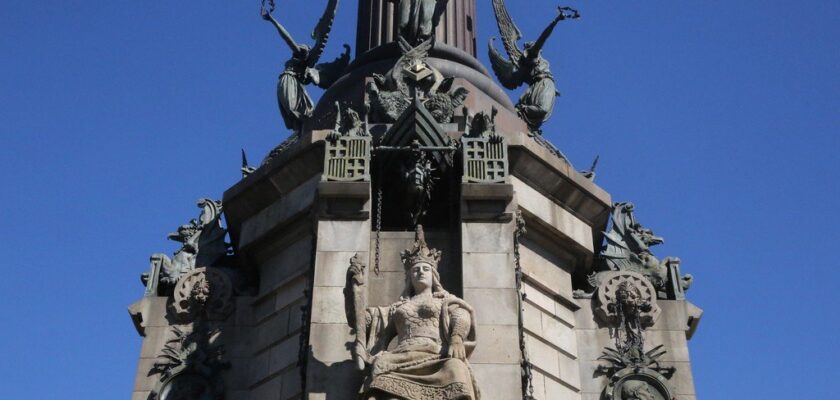Columbus Monument in Barcelona
The Columbus Monument is a majestic monument to the world-famous navigator located in the city of Barcelona. The monument is located in the place where Christopher Columbus sailed in 1493 after his expedition to the shores of America. The monument rises to a height of about 60 meters and is set in the square where Columbus Boulevard and the famous Rambla Street converge.
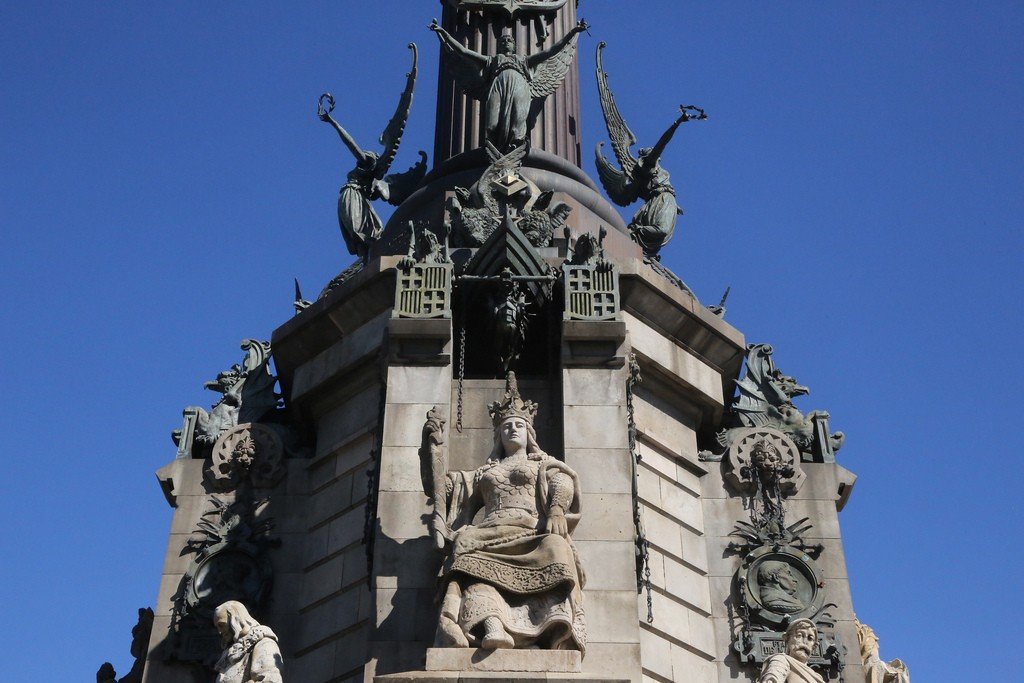
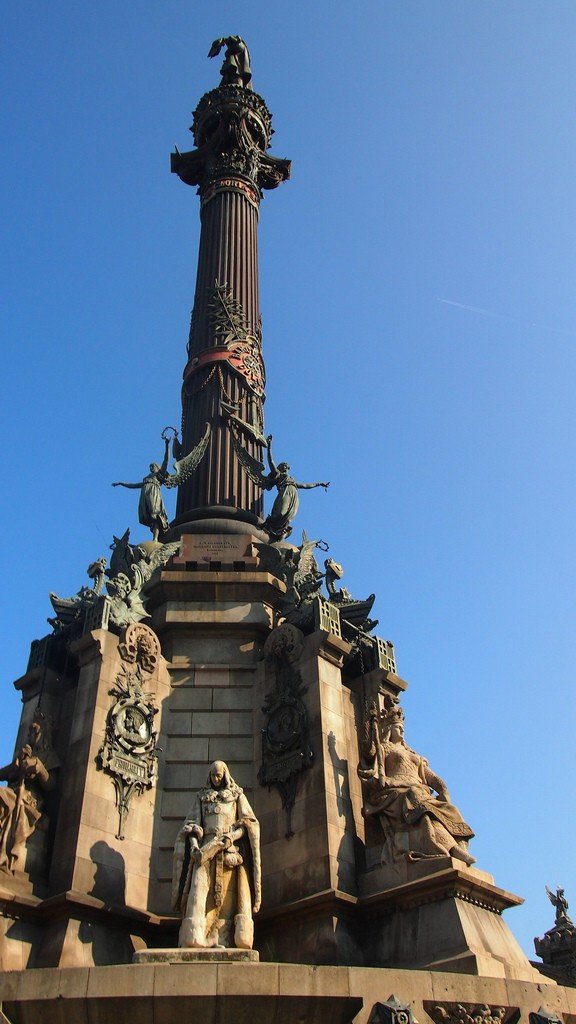
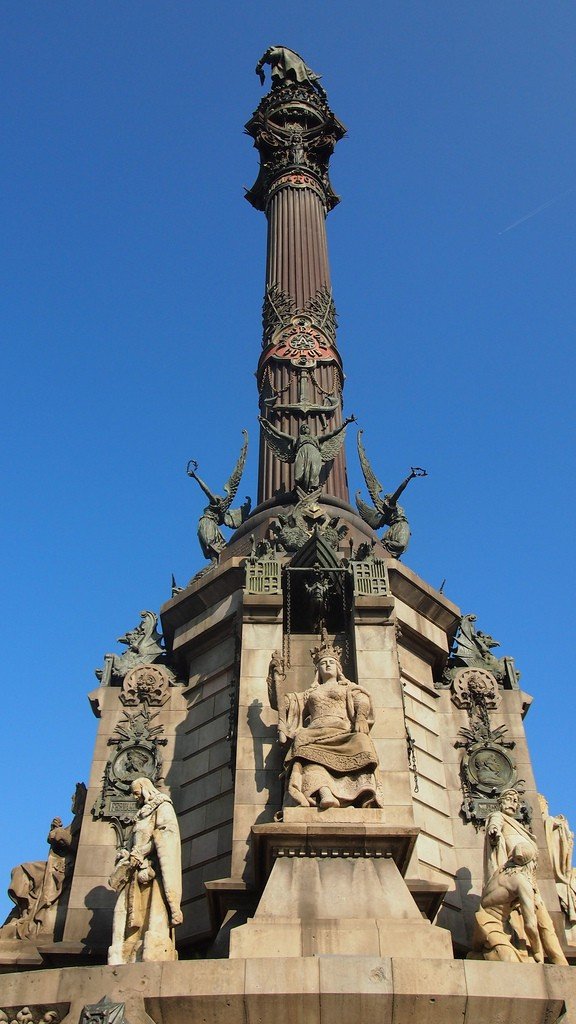
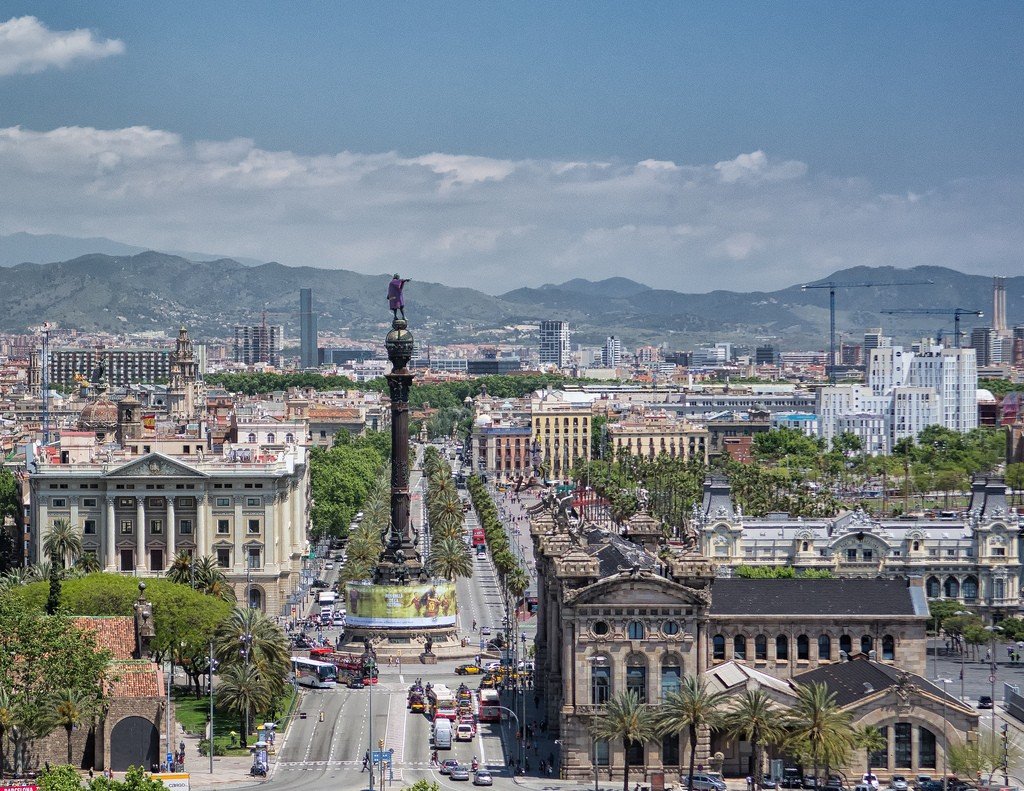
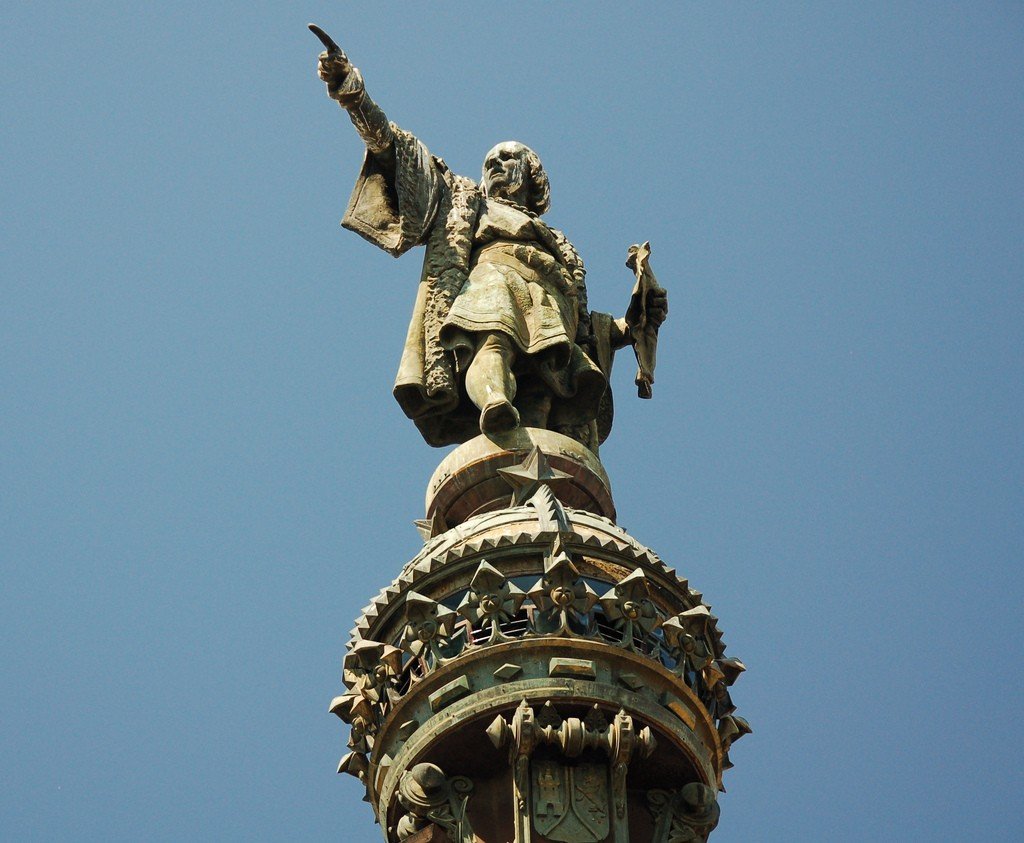
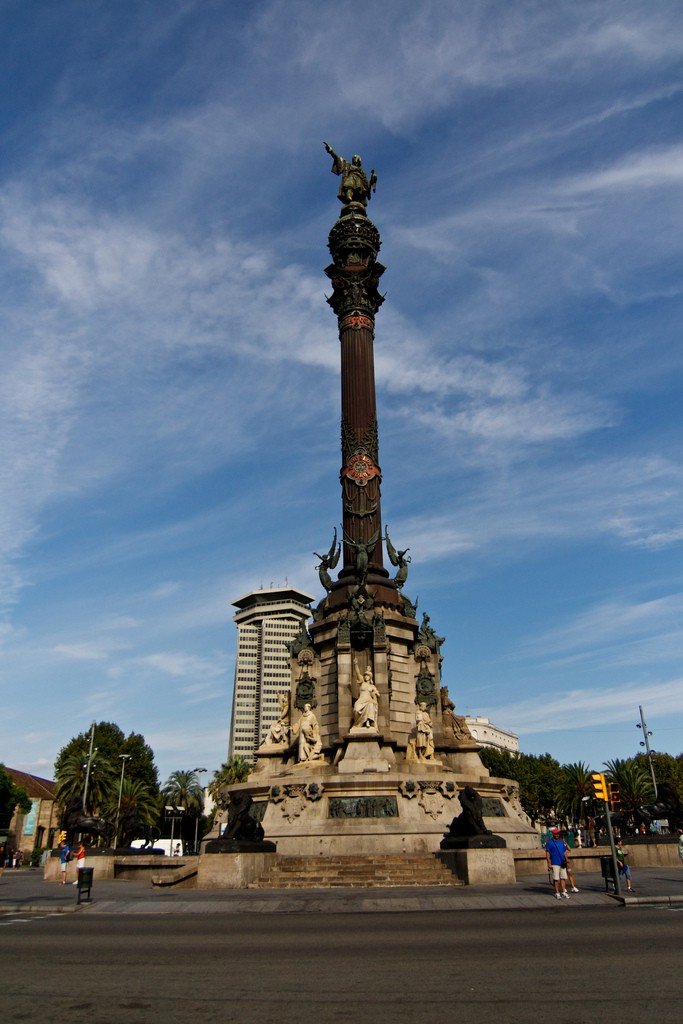
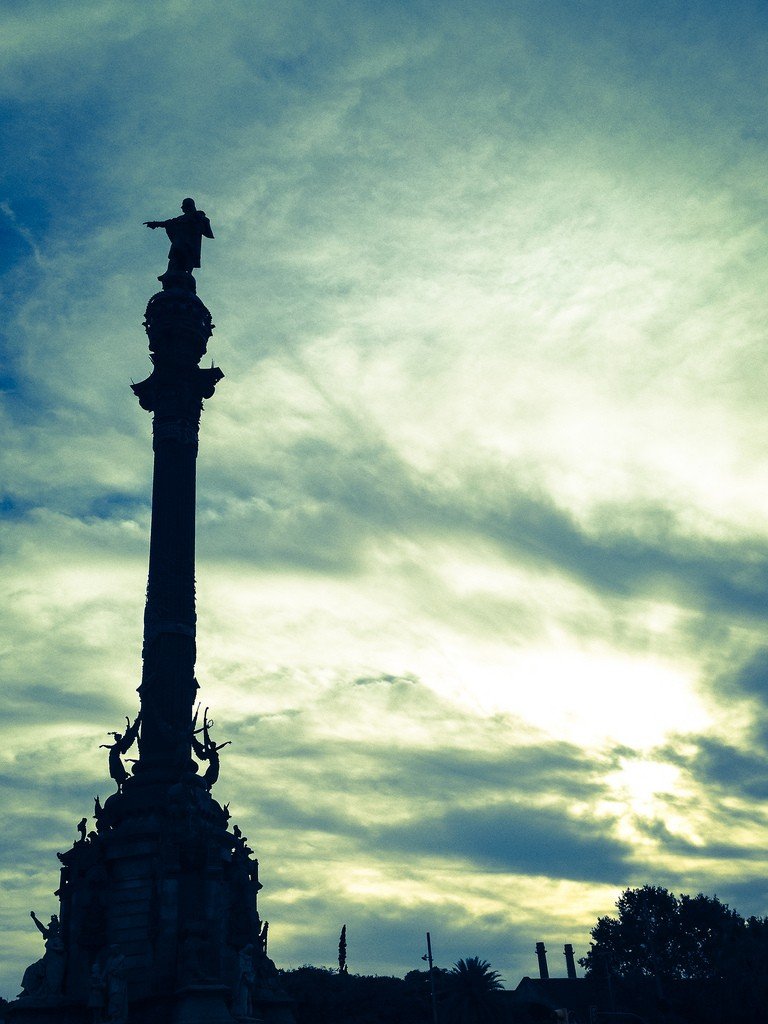
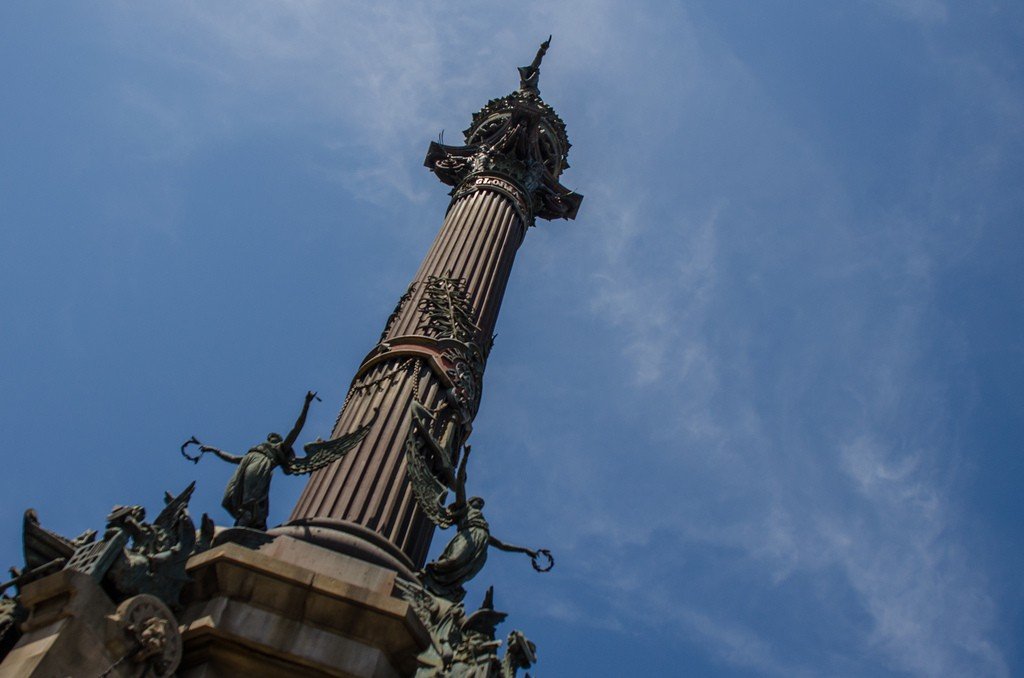
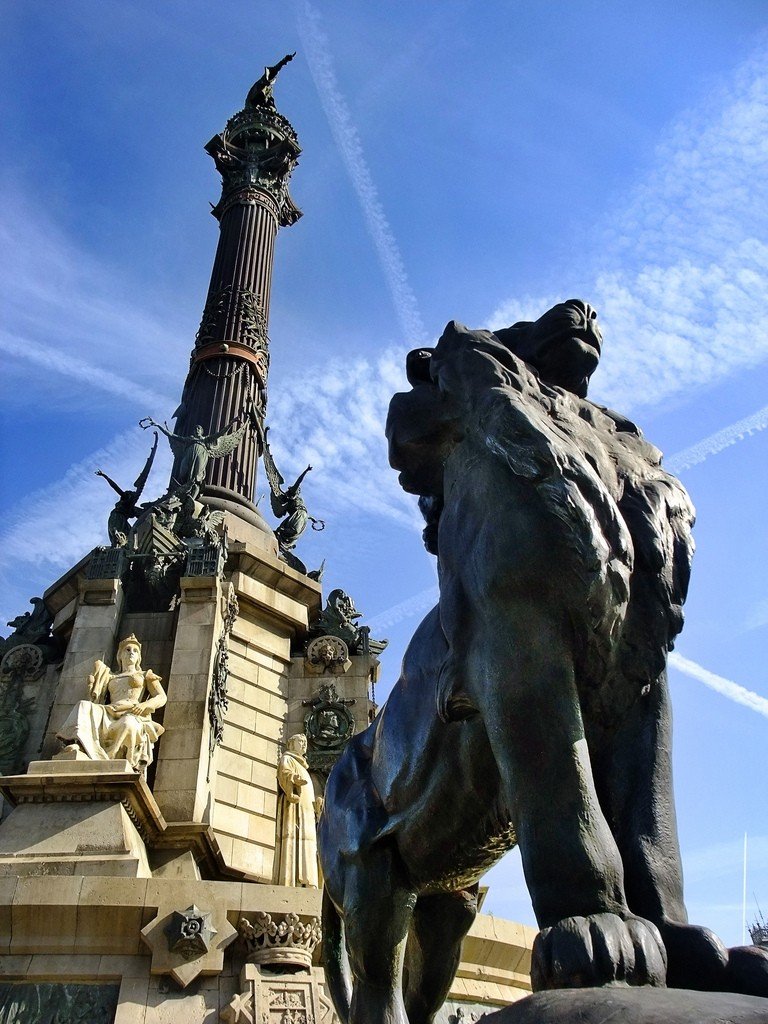
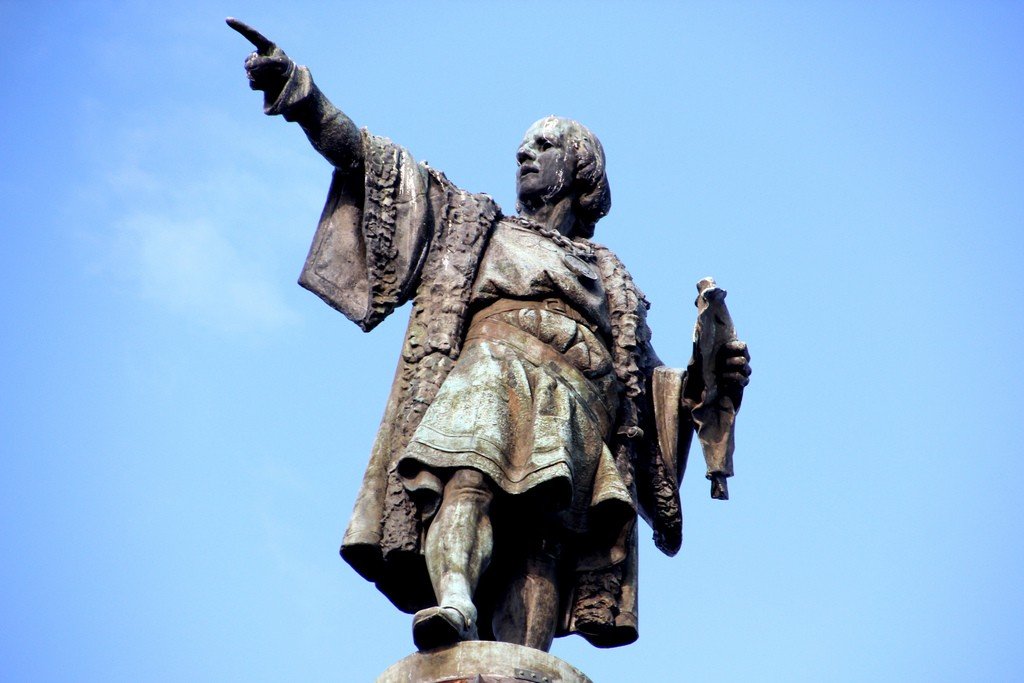
Video: Columbus Monument
ContentsHighlights
The construction of the Columbus Monument in Barcelona took as long as seven years and was completed in 1888, when the Catalan capital hosted the World’s Fair. The monument is believed to commemorate the visit that Christopher Columbus paid to King Ferdinand II and Queen Isabella I.
.
The tall monument is made of cast iron and stone, has a multi-figure decoration and is recognized as a masterpiece of monumental art. The figure of the navigator is 7.2 meters high and stands on a column rising 40 meters. The massive cast-iron column rises above a plinth with the inscription “tierra”, which means “land” in Spanish. The octagonal stone pedestal is decorated with four griffins and figures of Niki, the winged goddess of Victory. Here you can also see medallions with portraits of people who helped lead the expedition to the West Indies and played a major role in the fate of Columbus. Around the base are bronze lions, near which tourists like to take pictures.
.The plinth of the Columbus monument is decorated with eight bas-reliefs depicting scenes from the life of the navigator. One of them shows Columbus and his son in the monastery of La Rabida, another shows the navigator telling his plans to the monks. The third scene is about his meeting with Spanish rulers, and the fourth is about the navigator’s appearance at a meeting. The fifth bas-relief shows the king and queen meeting in Santa Fe. Further depicts the departure of ships from Frontera, the discovery of new lands and the ceremonial meeting of Columbus by the Spanish king and queen, after his return to Europe. Between the bas-reliefs are visible images of cities and provinces the navigator has ever visited.
.
There is much debate as to where Columbus’ finger is pointing on the monument. Some believe the navigator is pointing toward his native Genoa, while others believe Columbus is drawing the attention of those looking across the ocean – to the new lands he discovered.
.
History of the construction of the Columbus Monument
The famous navigator was born in Genoa. Then he moved to Portugal and finally settled in Spain. Some researchers are convinced that Columbus was born on the territory of Catalonia, so, since the middle of the XIX century, in Barcelona there was an idea to put a monument to the famous countryman.
.
In 1881, the city authorities held a competition, and the jury chose the project, which was prepared by Catalan architect Gaieta Buigas y Monraba. Due to financial difficulties, the erection of the monument to Columbus was delayed and was completed only just before the exhibition. The figure of the navigator was made by Spanish sculptor Rafael Atche, and the bas-reliefs for the pedestal were made by Alexander Wolgemuth.
.Tourist information
Inside the column of the Columbus Monument there is an elevator, on which travelers rise to a height of 40 m to the statue of the navigator. There is an observation deck that offers a great view of the coastal part of Barcelona – the Old Port, the Aquarium building and the majestic mansion that nowadays houses the Barcelona Maritime Museum. To the northeast, tourists can see the buildings of the old Gothic Quarter.
.For visitors, the entrance to the Columbus Monument observation deck is open daily: from March to October from 8.30 to 20.30, from November to February from 8.30 to 19.30. The elevator ride costs 4 euros for adults and 3 euros for seniors and children from 4 to 12 years old.
.How to get there
The Columbus Monument is located in the Gateway of the World – Portal de la Pau square, which is near Barcelona’s Old Port, near the famous Ramblas. Tourists usually get to the monument by metro – on the L3 line to Drassanes station. A double-decker tourist bus also passes by the Columbus monument. Get off at the stop “Colom-Museu Marítim”. You can also take buses 14, 18, 36, 38, 57, 59, 64 and 91.
.